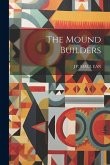When American settlers first crossed the Appalachian Mountains they were amazed to discover that the wilderness beyond contained ancient ruins--large man-made mounds and enclosures, and impressive earthen sculptures, such as a gigantic serpent. Reports trickled back to the eager ears of President Thomas Jefferson and others. However, most did not believe these earthworks had anything to do with Native Americans; rather, given the intense interest in the history of Western Civilization at the time, it became popular to speculate that the ruins had been built by refugees from Greece, Rome, Egypt--or even the lost continent of Atlantis. As Lorett Treese explains in her fascinating history A Serpent's Tale: Discovering America's Ancient Mound Builders, the enigmatic nature of these antiquities fueled both fanciful claims and scientific inquiry. Early on, the earthworks began to fall to agricultural and urban development. Realizing that only careful on-site investigation could reveal the mysteries of the mounds, scholars hastened to document and classify them, giving rise to American archaeology as a discipline.
Bitte wählen Sie Ihr Anliegen aus.
Rechnungen
Retourenschein anfordern
Bestellstatus
Storno

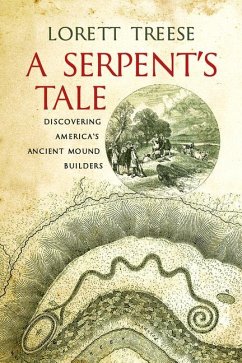
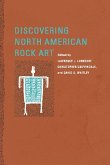
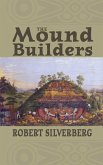
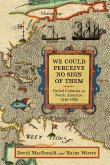
![The Mound Builders [microform] The Mound Builders [microform]](https://bilder.buecher.de/produkte/65/65536/65536619m.jpg)
